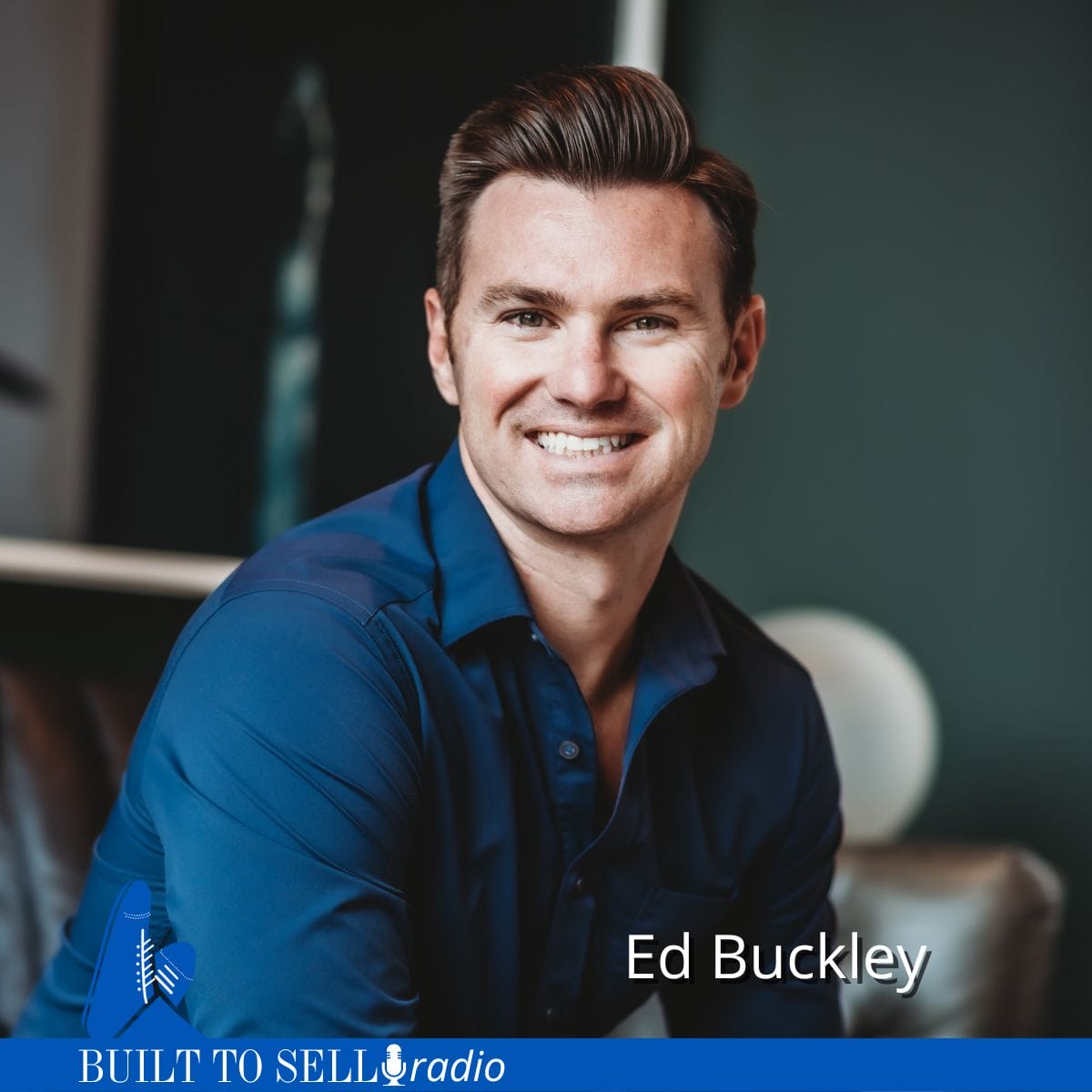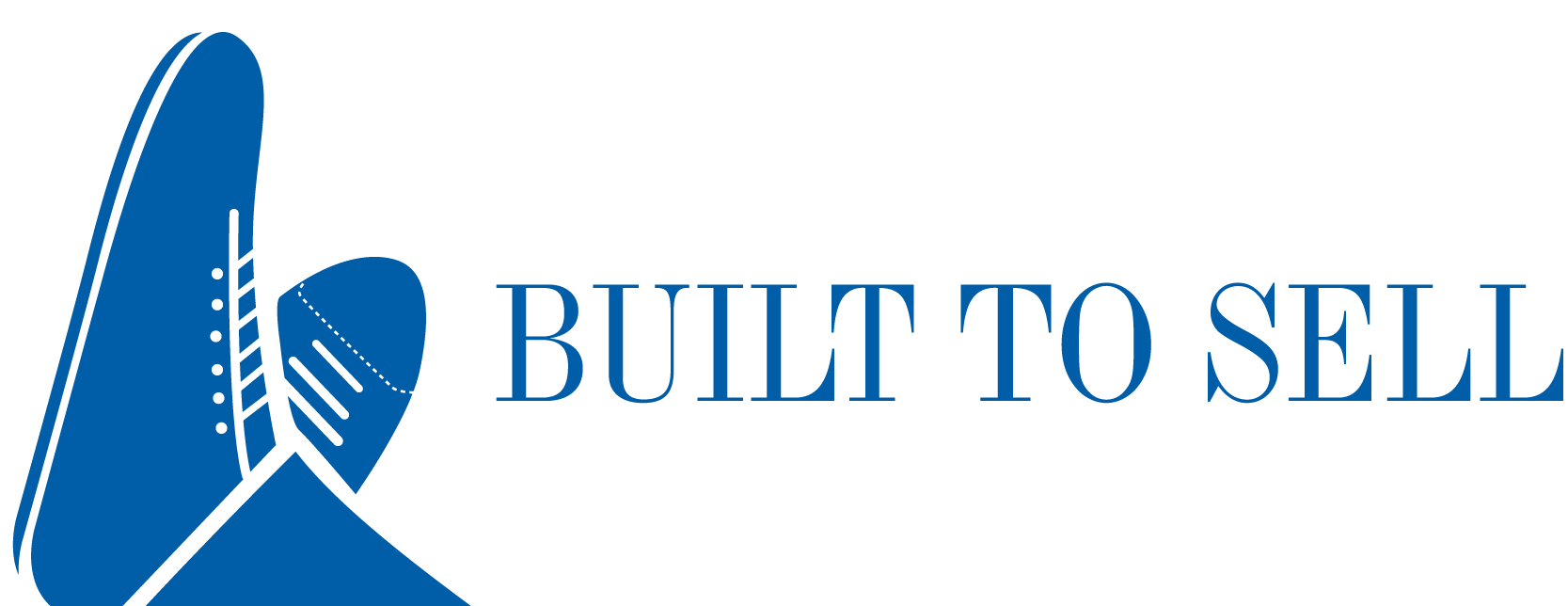About this episode
Ed Buckley started Peerfit, which allows companies to offer fitness classes as part of their employee benefits package. The company grew to more than 150 employees before receiving an acquisition offer for almost $100 million from a major fitness brand widely reported to be Peloton. Buckley retained some of the IP, which, in a strange twist, he was able to sell in another eight-figure exit months later. In this episode, you’ll learn how to:
- Start a business with friends without damaging your relationships.
- Avoid the biggest mistake entrepreneurs make when growing from 20 to 50 employees.
- Choose the most strategic investor for your business (even if their opinion of value is lower).
- Rekindle a deal that has fallen through.
- Develop a strong relationship with a potential acquirer.
- Improve a low-ball offer.
Check out our article on Operator Vs. Investors.
Show Notes & Links
Definitions
Earn-out: Earnout or earn-out refers to a pricing structure in mergers and acquisitions where the sellers must “earn” part of the purchase price based on the performance of the business following the acquisition.
Source: https://en.wikipedia.org/wiki/Earnout
Letter of Intent (LOI): A letter of intent (LOI) is a document declaring the preliminary commitment of one party to do business with another. The letter outlines the chief terms of a prospective deal. Commonly used in major business transactions, LOIs are similar in content to term sheets. One major difference between the two, though, is that LOIs are presented in letter formats, while term sheets are listicle in nature.
Source: https://bit.ly/3ppDnr3
Due-Diligence: Due diligence is an investigation, audit, or review performed to confirm facts or details of a matter under consideration. In the financial world, due diligence requires an examination of financial records before entering into a proposed transaction with another party.
Source: https://bit.ly/3yYDfo5

About Our Guest
Ed Buckley
Ed Buckley, III, Ph.D., is the CEO of Peerfit, a platform that makes it easy for insurance carriers, brokers, and employers to offer a variety of fitness experiences to their clients, employees, and Medicare members. Ed leads Peerfit’s expansion strategy by driving national partnerships, business development, and fundraising. With nearly 10 years in the fitness industry and a background in digital health behavior research, Ed continues to push the envelope on innovation in the fitness-technology space. Ed holds a Ph.D. in Digital Health Behavior and a Master’s in Public Health from the University of Florida.


